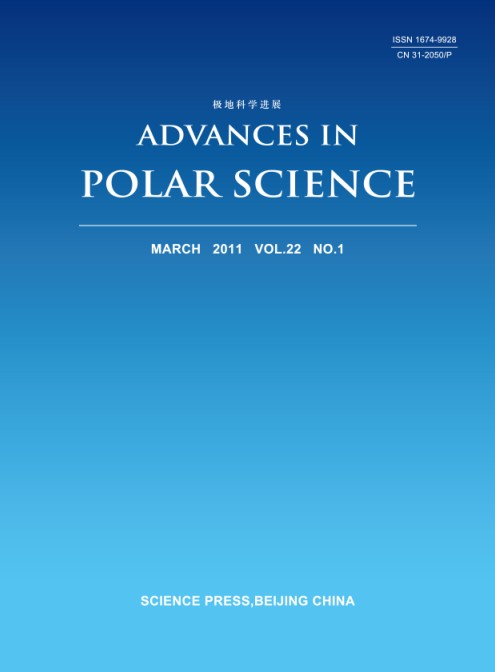Antarctic data management is the research focus, which the international Antarctic organizations, e. g. Antarctic Treaty Consultative Meeting (ATCM) , Scientific Committee on Antarctic Research (SCAR), and Council of Managers of National Antarctic Programmes (COMNAP) have been paying close attention to and promoting actively. Through the co effort of international Antarctic organizations and member countries concerned in recent years, Antarctic Data Directory Syatem (ADDS) is established as the most important basic programme for development of the international Antarctic data management system. At present, Joint Committee on Antarctic Data Management (JCADM) is responsible for organizing and coordinating the international Antarctic data management, and implementing the project ADDS.In this paper the background on Antarctic data management in time sequence and the structure of international framework are introduced, meanwhile, it is necessary to develop ADDS first of all. The ADDS mainly consists of the two principal parts: National Antarctic Data Center (NADCs) of all the party members and Antarctic Main Directory (AMD), the best available technology for creating ADDS is to make full use of International Directory Network(IDN) and adopt its Directory Interchange Formats (DIF). In the light of the above requirements, combined with Chinese specific situation, the contents, technical and administrative methods on Chinese Antarctic data management are discussed to promote our related work.

